Stories Category: Intensive Care
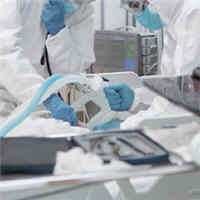
Trends in Time to Extubation for Pediatric Postoperative Cardiac Patients
In this large, multicenter database study, early extubation rates in postoperative cardiac patients did not significantly change between 2009 and 2018. Centers that performed early extubation more frequently did not have... read more
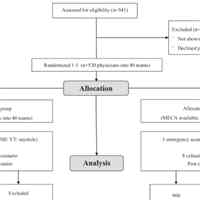
MECA in Medical Emergency Situations Significantly Reduced Failure Rates
In our simulation, the use of medical emergency cognitive aid (MECA) in medical emergency situations significantly reduced failure rates. The use of MECA was widely accepted, and MECA were easy to use. In a high percentage,... read more
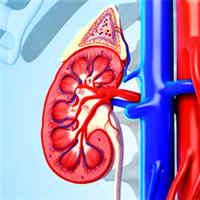
Optimizing the Design and Analysis of Future AKI Trials
Acute kidney injury (AKI) is a complex clinical syndrome associated with an increased risk of morbidity and mortality, particularly in critically ill and perioperative patient populations. Most AKI clinical trials have... read more
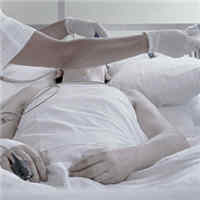
Fear and Insight in the ICU Bed
Mid-morning dressing changes, hours wasted, going through each cut methodically. Dressing off, wound cleaned, redressed. The brunt of pain dealt with by nature before giving in. The intensive care unit (ICU) nurse offers... read more

Feelings of Strangeness in ICU Patients
After several weeks in the intensive care unit (ICU) following a lung infection, Mr Pol wakes up from a coma and gradually becomes aware of his situation. The healthcare team rejoice in the successful outcome of his extubation:... read more
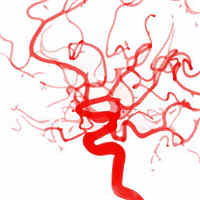
Intravenous Tenecteplase vs. Alteplase for Acute Ischemic Stroke
Between Dec 10, 2019, and Jan 25, 2022, 1,600 patients were enrolled and randomly assigned to tenecteplase (n=816) or alteplase (n=784), of whom 1577 were included in the intention-to-treat (ITT) population (n=806 tenecteplase;... read more

Evolving Crisis Standards of Care and Ongoing Lessons from COVID-19
Crisis Standards of Care (CSC) inform decisions on medical care during a large-scale crisis such as a pandemic or natural disaster, eliminating the need to make these decisions at the bedside without protections or guidance.... read more
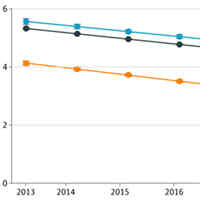
Temporal Trends and Hospital Variation in Time-to-Antibiotics Among Veterans Hospitalized with Sepsis
This cohort study across nationwide VA hospitals found that time-to-antibiotics for sepsis has declined over time. However, there remains significant variability in time-to-antibiotics not explained by patient characteristics,... read more
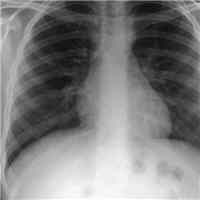
Benchmarking Saliency Methods for Chest X-ray Interpretation
Saliency methods, which "explain" deep neural networks by producing heat maps that highlight the areas of the medical image that influence model prediction, are often presented to clinicians as an aid in diagnostic decision-making.... read more
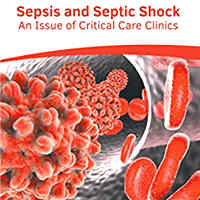
Sepsis and Septic Shock: An Issue of Critical Care Clinics
Shock is caused by the decreased flow of blood to the body tissues due to circulatory system related problems. Sepsis refers to a life-threatening condition where the body causes injury to its own organs and tissues in response... read more
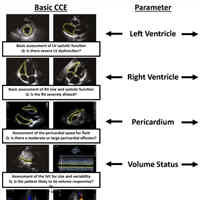
A Decade of Progress in Critical Care Echocardiography
Critical care echocardiography (CCE) is now widely accepted by the critical care community as a valuable tool in the ICU and emergency department, and in perioperative settings. It allows rapid and accurate diagnosis,... read more

High Flow Nasal Cannula: Physiological Effects and Clinical Applications
This book presents the state of the art in high-flow nasal cannula (HFNC), an oxygen therapy technique that has recently proven to be a very promising approach to supporting respiratory function in several medical fields. In... read more

Who the hell would want to work in healthcare?
Our health sector is in crisis. Doctors are overworked, nurses are burnt out and underpaid. Many healthcare professionals are coming close to retirement and others are simply leaving their professions for greener pastures.... read more
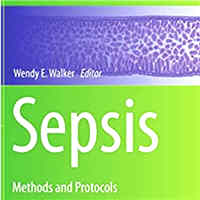
Sepsis: Methods and Protocols
This detailed volume presents a variety of animal models that are commonly used to study sepsis and some key procedures to measure specific disease outcomes. The chapters describe well-established surgical and nonsurgical... read more








